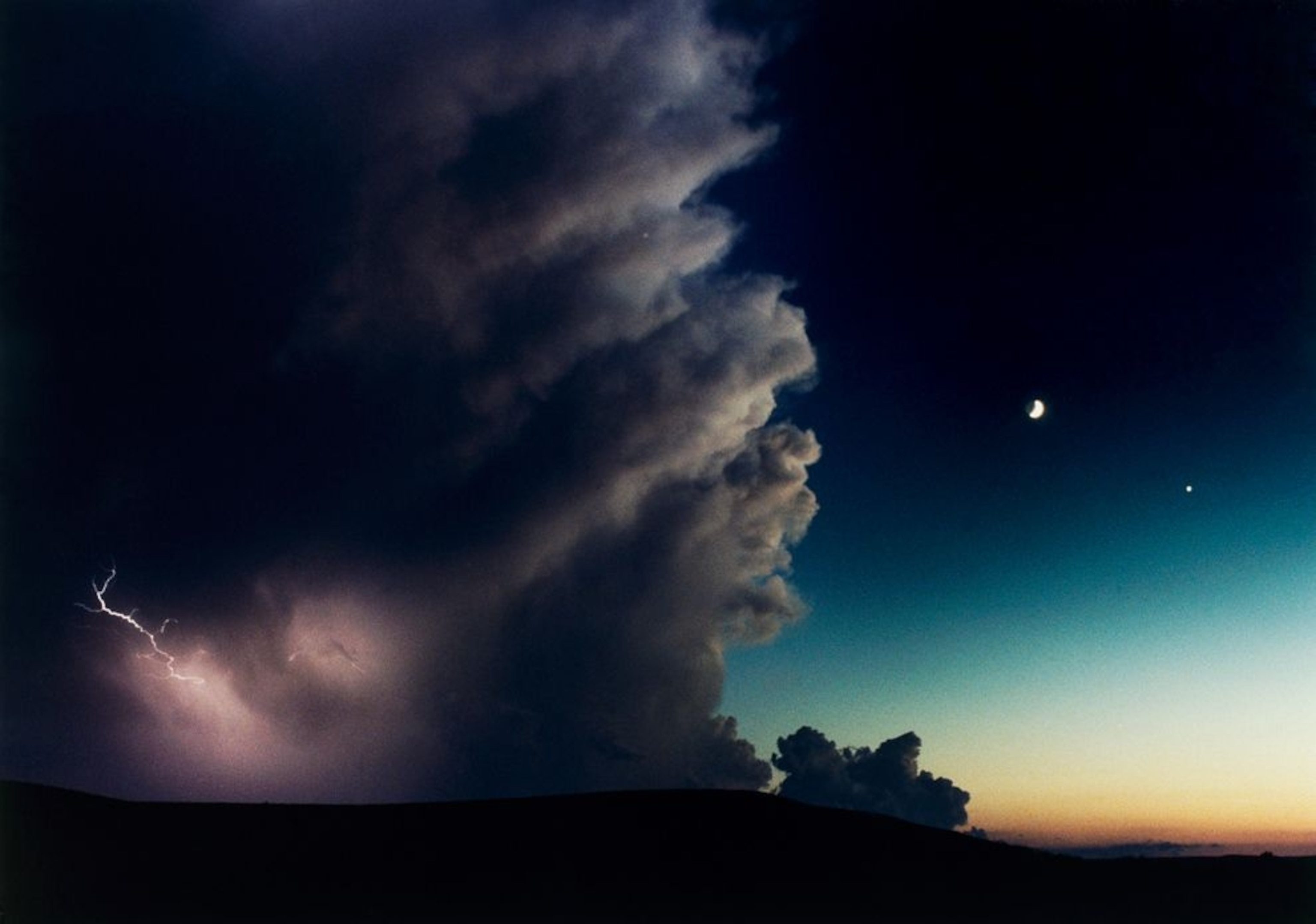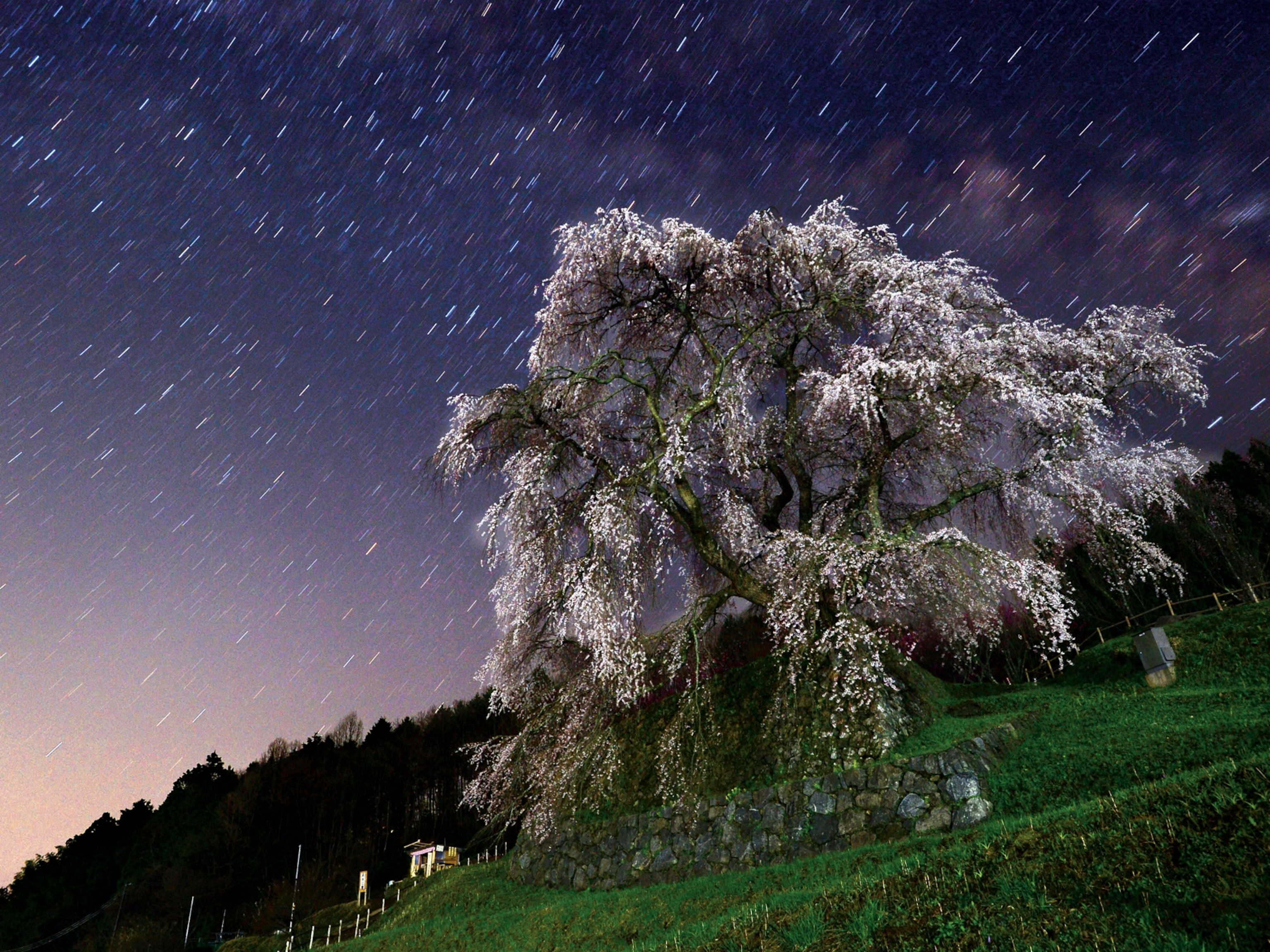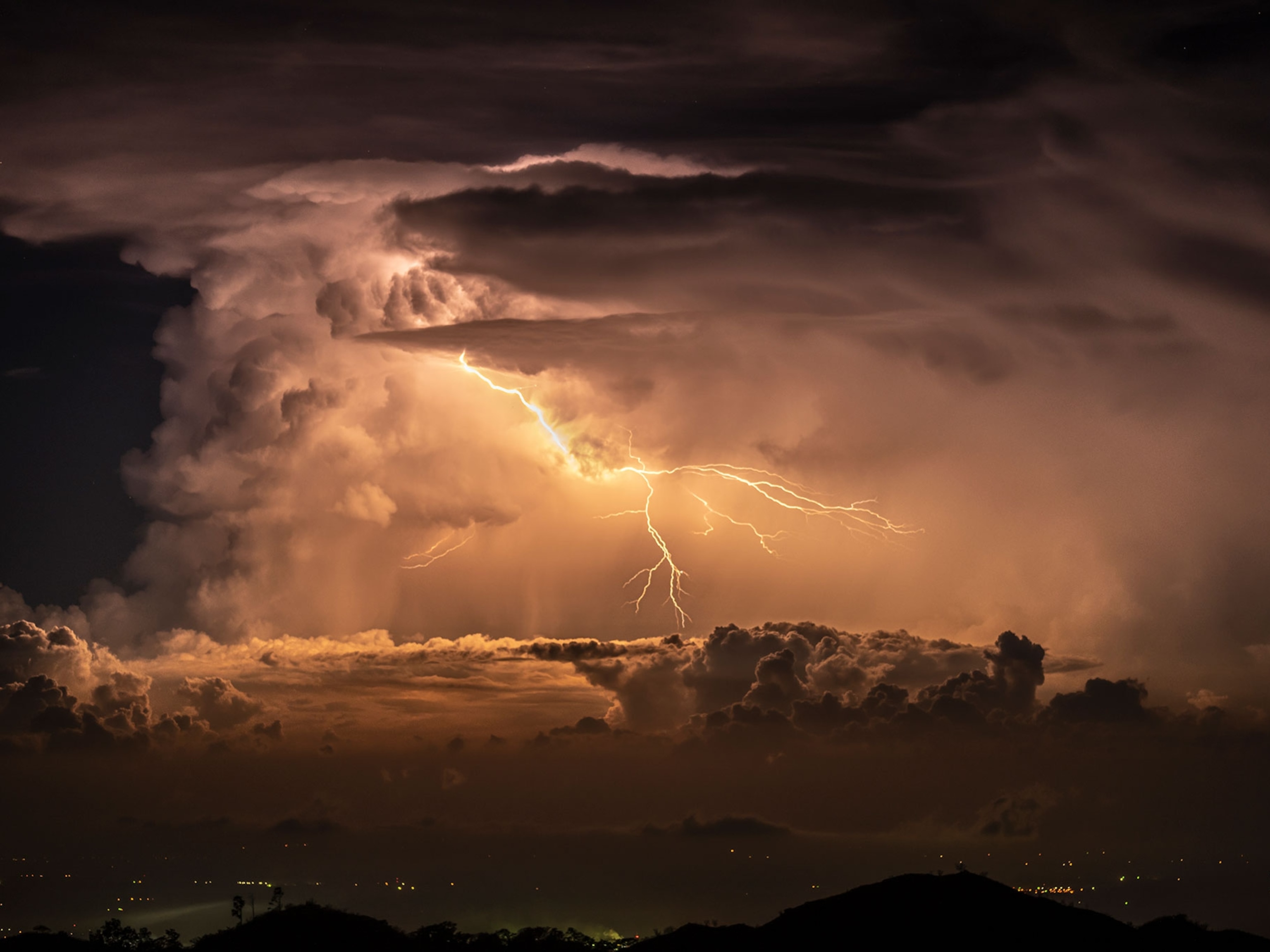
Lightning Creates Particle Accelerators Above Earth
Intense lightning bolts can make natural particle accelerators in the sky, although human-made colliders are more powerful, experts say.
The most intense flashes of lightning can do more than just light up the sky: Lightning sometimes acts as a natural particle accelerator, firing beams of electrons at high speeds toward space, a new study says.
To start the accelerator, a powerful lightning strike needs to coincide with a burst of cosmic rays—high-energy particles coming from space. (See recent pictures of lightning created in the ash plume of an Iceland volcano.)
When cosmic rays enter our atmosphere, they strip electrons off air molecules. If a strong lightning bolt happens at the same time, it acts as an electric field, triggering an electron "avalanche" that launches the stray particles skyward in a narrow beam.
(Related: "Thunderstorm Gamma Rays Linked to Lightning.")
Particle Accelerators Form Every Ten Minutes?
Scientists have speculated since 1925 that thunderstorms might create such natural particle accelerators. But until now, no one had managed to detect them.
"The beam of particles is very narrow, and the likelihood of a satellite being in the right place at the right time to spot such a thing is very slim," explained Martin Füllekrug, a lightning researcher from the University of Bath in the U.K.
Instead, Füllekrug and colleagues used ground-based instruments in thunderstorm-prone southern France to look for transient airglows, or sprites. These fast-moving bursts of light have been linked to strong lightning bolts.
Near some sprites, the team also found radio waves in 310-mile-wide (500-kilometer-wide) bands—and these radio waves were most likely being emitted by high-speed particle beams.
The readings indicated that natural accelerators were being created high in the storm, about 25 miles (40 kilometers) above Earth's surface.
Around one in every thousand lightning flashes might create the phenomenon, added Füllekrug, who presented his findings last week at the 2010 Royal Astronomical Society's National Astronomy Meeting in Glasgow.
Fullekrug estimates that a thunderstorm somewhere on Earth is producing a natural particle accelerator every five to ten minutes.
The particle beams pose no danger to people on the ground, and they stop at the edge of Earth's atmosphere, he noted, so they shouldn't affect astronauts. But it's possible the beams could impact low orbiting satellites on rare occassions.
Lightning no Match for the LHC
The energy levels detected in the natural particle accelerators were typically around 10,000 electron volts (eV) with a maximum of around 30 million eV.
By contrast, human-made accelerators such as the Large Hadron Collider (LHC) can fire beams of particles at energies as high as seven trillion eV. (Related: "Large Hadron Collider Smashes Protons, Sets Record.")
Atom smashers such as the LHC also fire beams in a vacuum, since air molecules tend to bump particles off their proscribed paths.
The lightning-triggered beams somehow occur in the gases of our atmosphere, offering scientists a rare opportunity to study how such beams stay stable outside a vacuum.
"Natural particle accelerators are particularly interesting, because they are the only places where electron avalanches in a gas can be observed. We can't do this kind of experiment in a lab or man-made particle accelerator," Füllekrug said.
"However, natural particle acclerators certainly can't replace man-made ones, as there are many experiments that can still only be carried out in a man-made accelerator like the LHC."
The team hopes to eventually measure the natural beams directly using instruments on board planned satellites, such as the French-led mission TARANIS, or Tool for the Analysis of RAdiation from lightNIng and Sprites, due to launch in 2013.





